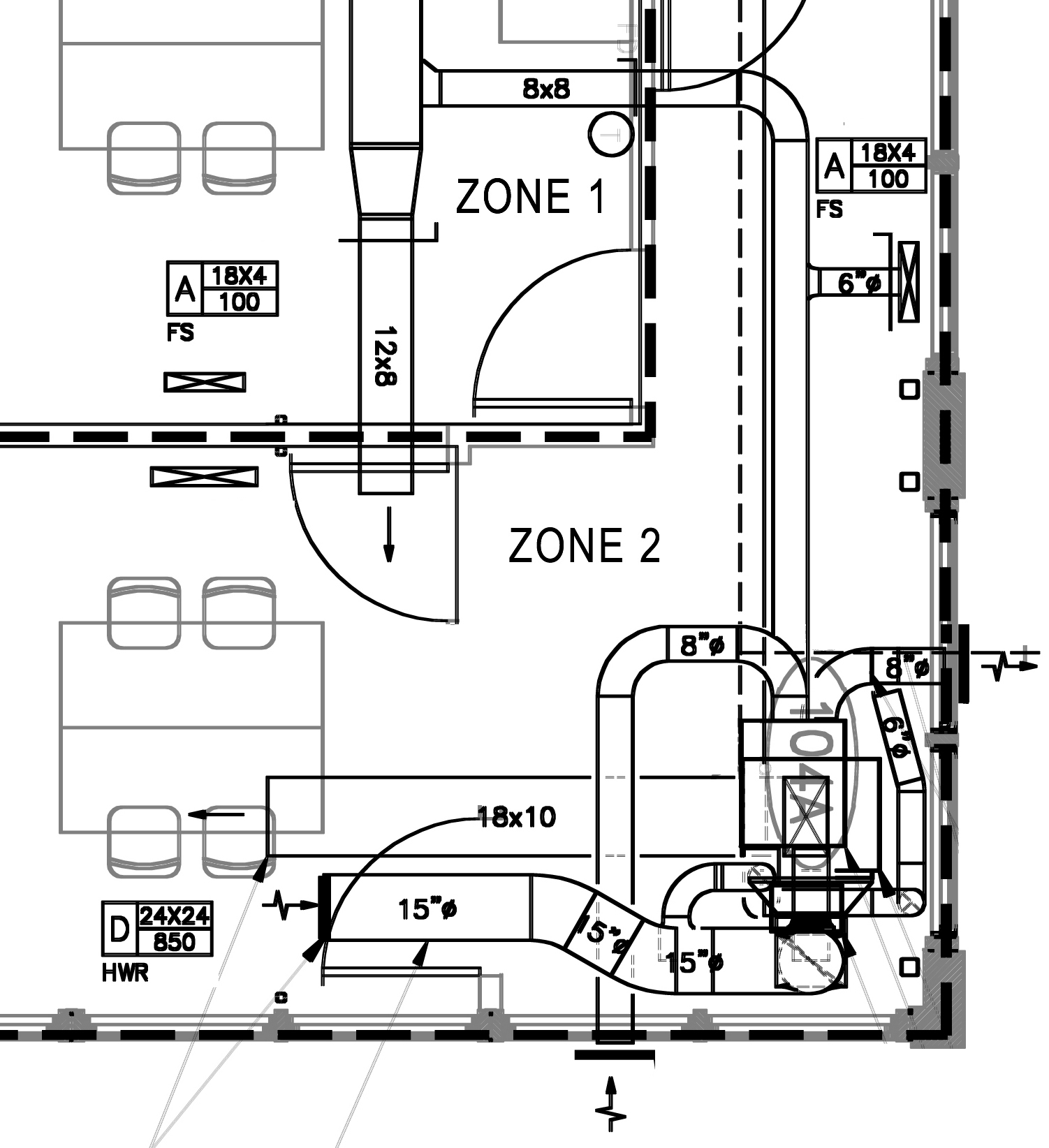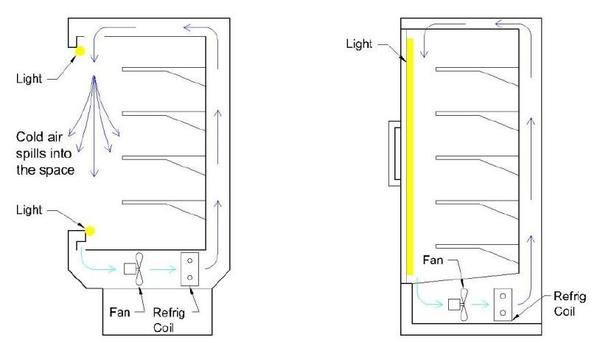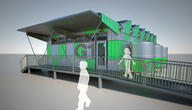You are here
HVAC operations and maintenance ("O&M") are the practices that keep mechanical systems working at peak performance during the life of the building. As a designer, your choices can make it easy or hard to maintain your thermal comfort systems.
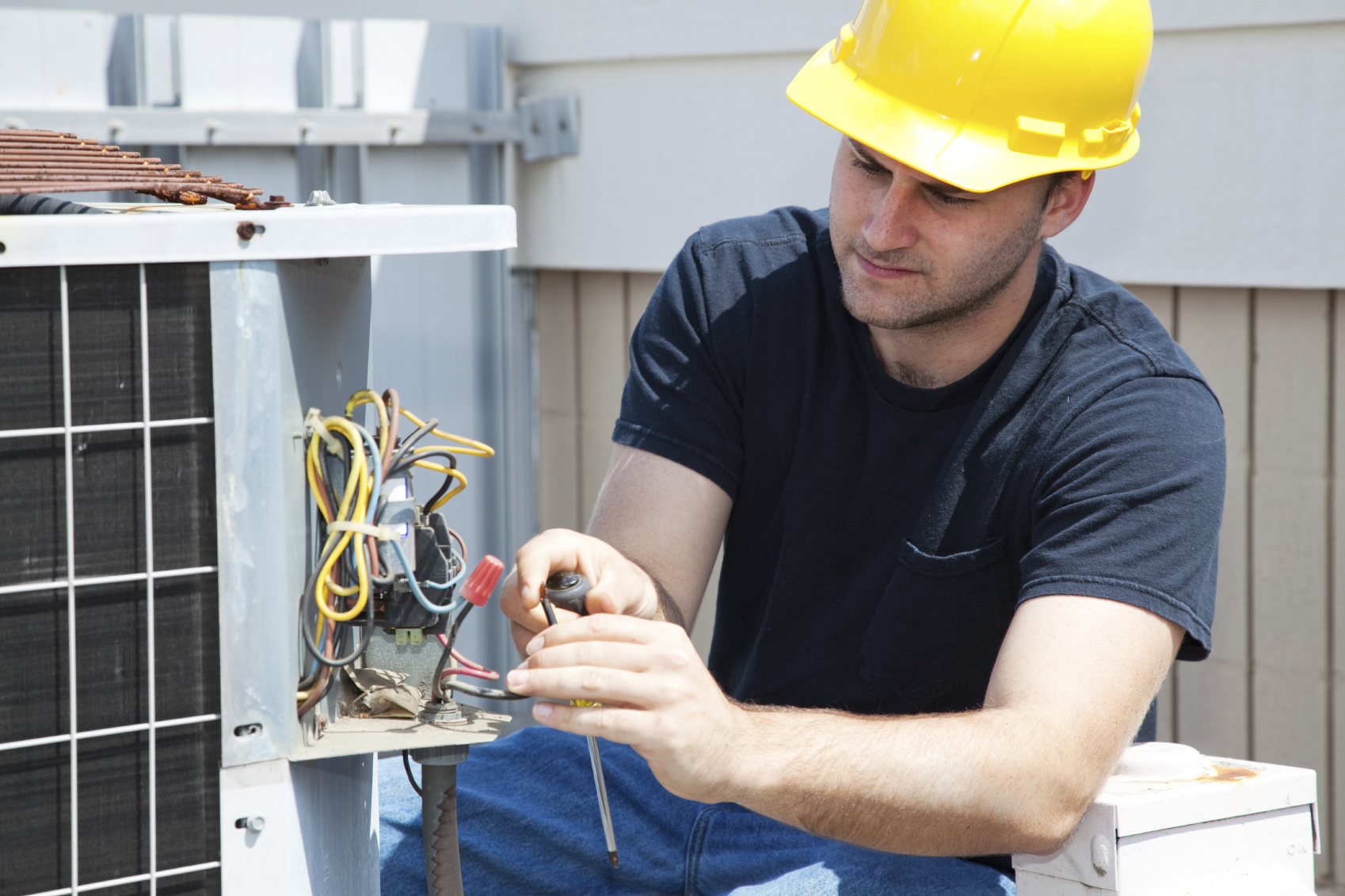
Maintenance and repair is crucial to proper HVAC function
HVAC design is only as good as its execution. Neglect, poorly-chosen replacements, and misunderstanding of systems can undo all the improvements of good HVAC design. Top-quality operations and maintenance practices such as continuous commissioning can improve energy performance 20% and improve occupant comfort at the same time.
Good HVAC O&M is measured by system performance. The system should continue providing thermal comfort at the energy use specified in the HVAC design for the building. Commissioning agents usually perform these audits. As technology improves, the performance may even be improved to exceed design specs.
Operations Manuals
Good design process can help ensure good operations and maintenance routines. The HVAC designer should create a manual for operations staff that makes the HVAC design intent clear, lists maintenance and replacement schedules, and makes it clear what parameters should be measured during commissioning, as well as how often such measurements should be done.
Green buildings often do not perform as well as predicted during the design. Without a manual, operations personnel are left to troubleshoot systems through piecemeal guesswork. This is never as effective as the whole-systems approach that can be laid out by an operations manual.
Maintenance Schedules
An important part of the O&M manual is schedules for cleaning ducts, filters, and other components, replacing filters, and measuring energy use and comfort. Performance measurements should be done monthly or at least quarterly, to provide operators with enough data to tell when systems are beginning to perform poorly. Many building automation systems can provide hourly data on temperature, humidity, and energy use.
Flexibility and Occupant Behavior
When building occupants bring in their own space heaters or desk fans, it may be an indication that the HVAC system is not working as designed, or was not designed to meet the current users' needs. Have the flexibility to work with users to meet their needs while ensuring energy efficiency. This may mean changes to the original design, or helping occupants choose efficient products for their personal use.
Filter Cleaning & Replacement
Keeping filters clean is an important factor in keeping their energy performance and indoor air quality high. This is the most frequently neglected aspect of HVAC operations, because HVAC machines do not break down often but filters do require regular attention.
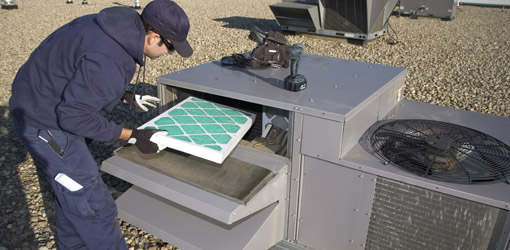
Replacing an HVAC unit’s filter
Some filters are designed to be cleaned by spraying with water or vacuuming. Others should simply be replaced. These include not only filters in ducts, but filters in furnaces, heat pumps, and other devices.
Cleaning Components
Other components require periodic cleaning as well. Ducts must be kept clean of dust, mold, and other contaminants for good indoor air quality. They should also be periodically inspected for leaks, as this can cause surprisingly large energy losses.
Dirt and dust that settles on coils acts as an insulator. Crooked or crushed fins restrict air flow, reducing the effectiveness of convective cooling. As a result, air conditioners and heat pumps periodically require their coils cleaned and fins straightened so that they can continue conducting heat to and from the air efficiently.
Dehumidifiers and air conditioners that dehumidify should have their condensate drains checked. Blocked drains will cause condensed water to pool up and possibly leak into the building envelope or occupied areas, causing mold and mildew.
Operation of Control Systems
HVAC control systems are often run by programmable thermostats that schedule heating and cooling for different times of day and days of the week. Such schedules should be set to match the occupancy and activity schedules of different spaces. These schedules change over the years as building use changes, and controls schedules should change to match.
Sensors for HVAC controls, such as temperature and humidity sensors, or occupancy sensors, should be regularly checked for proper operation. Sensors that start shutting off or turning on heating or cooling at the wrong times make people too hot or too cold, and can waste energy.
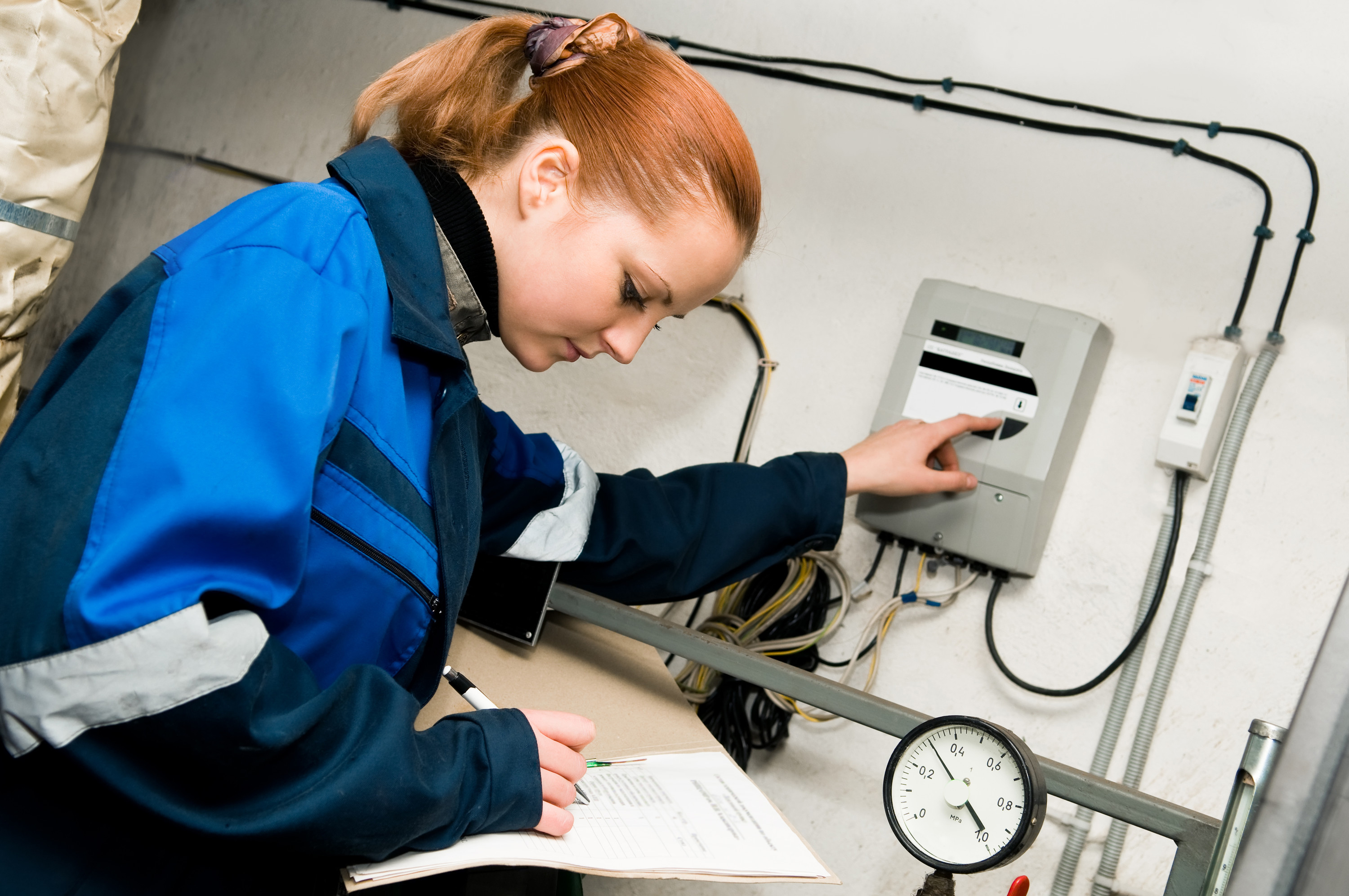
Checking system readings and logging results
Control systems that function but are not tuned according to occupant preferences may get manually disabled by them. Such systems are obviously no longer able to do their jobs, and the result is wasted energy.
Diagrams
HVAC duct routing and control diagrams should be created and kept updated, to ensure control systems are easy to understand. This not only makes it easy to troubleshoot problems, but also helps plan replacement schedules and can aid in system upgrades.
These diagrams should include the HVAC units, sensors, ducts and other air handling components, controllers, and how all these components connect to each other, as well as boundaries of different control zones. Often the sensor and control diagrams are separate from air handler layout diagrams, for readability; if so, they should be checked against each other for accuracy.
HVAC system diagrams assist operations & troubleshooting

